Angela Ferguson visits a modern hotel in traditional Kyoto.
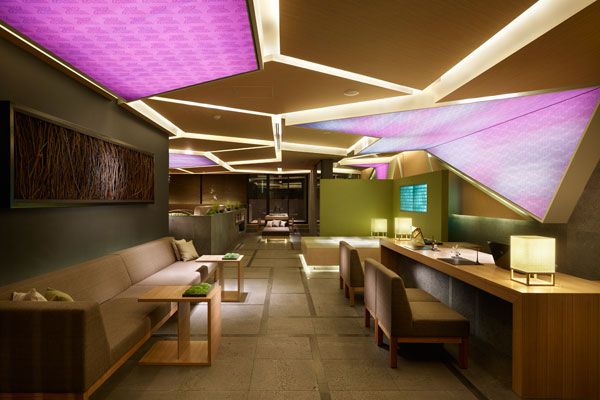
January 30th, 2015
Kyoto has a reputation for being one of the more traditional cities of Japan; many tourists visit here to see shrines, temples and “old Japan”. So the Hotel Kanra is a somewhat of an anomaly in Kyoto – it is delightfully modern, and sits comfortably amongst the most beautiful boutique hotels in the world.
Completed in 2010 the Hotel Kanra was designed by architect Norito Nakahara. The overall design is based on the proportions of Kyoto’s machiya (wooden town houses). This is evident in the elongated shape of the rooms and the palette of materials used including volcanic stone flooring, tatami mats in sitting areas,traditional Japanese hiba (cypress) wood bathtubs, frosted glass bathroom walls and shoji screens.
Like many things in Japan the attention to detail is exquisite. And it is the small details that make this hotel extra special including custom made lamps of tiny white threads (referencing cushion stuffing) and skylights in the bathrooms that give the impression of being connected to the outdoors.
The entry lobby is essentially an installation piece and was created by Tokyo based New Yorker Alexander Reeder. Large triangular interactive panels on the walls and ceiling change colour depending on the season as well as the light, sound and temperature in the lobby and restaurant.
In many areas of the hotel the work of local artists is featured via ceramics, ikebana (flower arrangement), lighting design and hanging wall art.
Hotel Kanra was conceived to support the local community through its existence and to educate visitors about historical Kyoto in thoroughly modern manner. This has been done in a way that is respectful to the heritage of the area whilst at the same time presenting the Japanese conscience in a contemporary setting.
Hotel Kanra is an embodiment of Japanese aesthetic values; these values have developed over many centuries and are about creating a state of mind that is peaceful and harmonious. We truly felt this during our visit here – once we’d arrived we felt very much at home and it became extremely difficult to leave such a beautiful sanctuary.
Hotel Kanra
hotelkanra.jp
To follow Angela and Stephen’s journey through Japan go to instagram @futurespacedesign @indesignlive and look out for the hashtags #futurespacetravels #indesigntravels
INDESIGN is on instagram
Follow @indesignlive
A searchable and comprehensive guide for specifying leading products and their suppliers
Keep up to date with the latest and greatest from our industry BFF's!
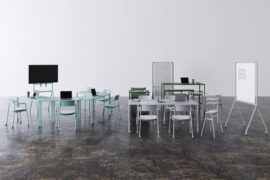
Welcomed to the Australian design scene in 2024, Kokuyo is set to redefine collaboration, bringing its unique blend of colour and function to individuals and corporations, designed to be used Any Way!
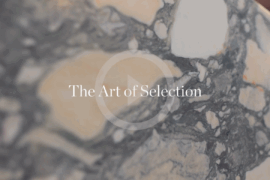
CDK Stone’s Natasha Stengos takes us through its Alexandria Selection Centre, where stone choice becomes a sensory experience – from curated spaces, crafted details and a colour-organised selection floor.
The German car manufacturer takes out this year’s newly created ’red dot: client of the year’ award.
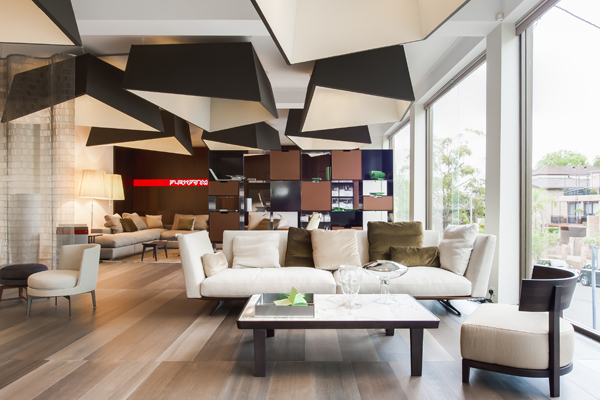
One of Italy’s leading furniture producers has found itself right at home with new, expanded Australian representation

Entries for the 2017 Staron® Design Awards close September 30! So designers, architects, developers and students alike, get to it!

The Arup Workplace in Perth/Boorloo, designed by Hames Sharley with Arup and Peter Farmer Designs, has been awarded The Work Space at the INDE.Awards 2025. Recognised for its regenerative design, cultural authenticity, and commitment to sustainability, the project sets a new benchmark for workplace architecture in the Indo–Pacific region.
The internet never sleeps! Here's the stuff you might have missed

Gray Puksand’s adaptive reuse of former Melbourne office into Hester Hornbrook Academy’s new City Campus shows how architecture can support wellbeing, connection and community.

With its latest outpost inside Shanghai’s bustling Hongqiao International Airport, HARMAY once again partners with AIM Architecture to reimagine retail through colour, movement and cultural expression.
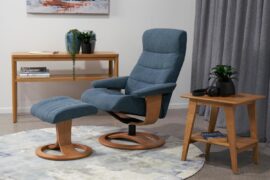
Your main seating can be a stylish centrepiece, not just a functional chair.

Cieran Murphy has been awarded The Photographer – Commercial at the INDE.Awards 2025. His work on Lune Rosebery captures the immersive design and storytelling of the space, highlighting the interplay of form, material and atmosphere in this contemporary culinary destination.